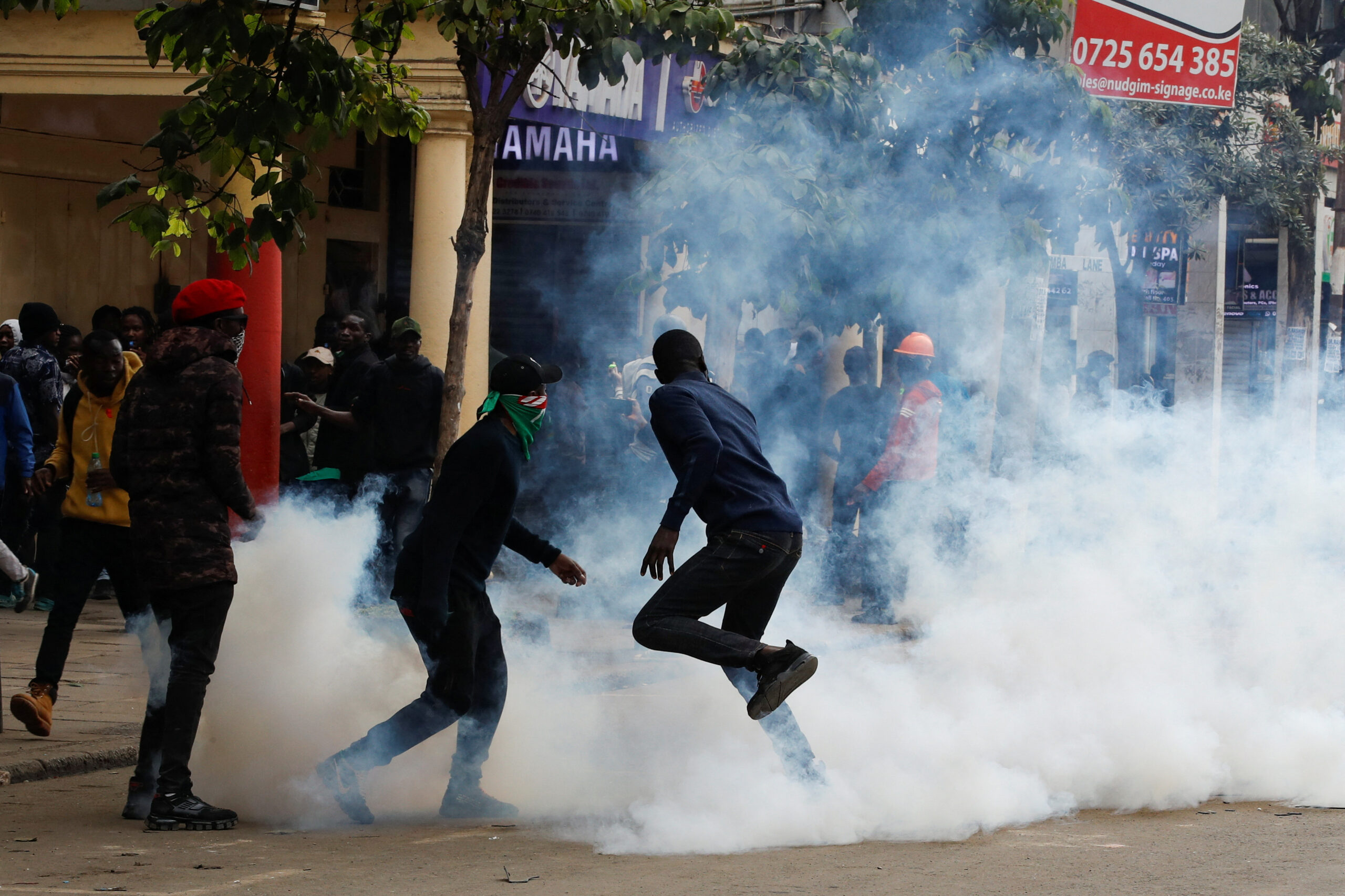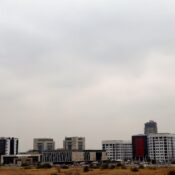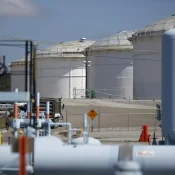
Kenyan demonstrators chant “Ruto must go” while using tear gas, stones, and torches
In the most widespread disturbance since at least two dozen protestors died in clashes a week ago, riot police on Tuesday surged at stone-throwing demonstrators and fired tear gas grenades at them in downtown Nairobi and throughout Kenya.
Despite having abandoned proposals for tax increases that precipitated the turmoil last week, President William Ruto’s failure to placate a spontaneous young protest movement was signaled by the widespread rallies.
The protests on Tuesday started out cheerfully but became violent as the day went on. Police wearing helmets and armed with wooden clubs and shields raced at the demonstrators in Nairobi’s main business sector as tear gas bombs burst among the throng.
One of the kiosks in the middle of the street caught fire. A kid with a bleeding hand was being treated by medics as he lay on the street. Other young people were loaded into a pickup truck’s bed by police.
Hundreds of demonstrators marched through Mombasa, Kenya’s second-biggest city, along the Indian Ocean coast, outside the capital. “Ruto must go!” they sang as they waved palm fronds, pounded on drums, and blasted on plastic horns.
Later, NTV media in Kenya stated that two persons had been shot in Mombasa and displayed images of burning cars.
In the midst of the biggest crisis of his nearly two-year presidency, Ruto finds himself torn between a beleaguered populace reeling from the skyrocketing cost of living and demands from lenders like the International Monetary Fund to reduce deficits.
Even after he gave up on his planned tax increases, members of the protest movement—which lacks official leaders and primarily uses social media for organization—have rebuffed Ruto’s requests for communication.
“He can only discuss money while people are dying in the streets. We are not currency. We are human beings. Protester Milan Waudo told Reuters in Mombasa, “We are human beings.” “He needs to care about his people, because if he can’t care about his people then we don’t need him in that chair.”
Various photographs shown on Kenyan television showed protests in Kisumu, Nakuru, Kajiado, Migori, Mlolongo, and Rongo. Protesters set tires on fire in the town of Migori in the southwest.
Protesters should immediately leave, according to activists, who attributed Tuesday’s violence to infiltrators sent by the government to undermine their movement.
“Very nice folks. Come with me home. As usual, the government has allowed goons to seize control, plunder, and set fire to property once more “On X, one of the leading activists, Boniface Mwangi, wrote.
According to the Kenya National Commission on Human Rights (KNHCR), since June 18, 39 Kenyans have lost their lives in protests and altercations with law enforcement. The majority of the fatalities occurred on June 25, when demonstrators attempted to rush the parliament building to stop MPs from voting on the tax hikes, and police opened fire in the area.
“GREAT DAY”
“Our goal is to force the president to resign,” Nairobi activist Ojango Omondi declared. “We hope for a peaceful protest and minimal casualties, if any.”
Authorities called for composure.
“This is a wonderful day to choose nationalism.” Gerald Bitok, the director of communications for the State House, posted on X on Tuesday, “A beautiful day to choose peace, order, and the sanctity of our nationhood.” He also added, in Swahili, that “Violence is not patriotism.”
Despite calls for politicians to stay out of the protests, opposition leader Raila Odinga, who finished second in the last four presidential elections, supported the demonstrators.
“The youth have given our country its last best chance,” the ODM party, which represents Odinga, stated in a statement. “We either seize it and swim with it by implementing all their demands, or we ignore it and sink the country altogether.”
An internet outcry against roughly $2.7 billion in tax increases in a planned finance bill sparked the protests, which have since expanded into a national movement against corruption and poor governance.
In order to close the budget shortfall created by the cancellation of the tax proposals, Ruto has instructed the Treasury to find measures to reduce spending. He has also stated that further borrowing will be necessary.
Although Ruto had addressed the country and the media, seasoned anti-corruption activist John Githongo told Reuters that “there isn’t an indication that he wants to take action” on protestors’ demands, which included the removal of corrupt officials.
“There hasn’t been any indication by the government that they are going to take the calls to deal with corruption seriously,” he stated.
Up until June 25, when a few protestors briefly entered parliament and set parts of it on fire, the demonstrations had been mainly peaceful. This prompted police to open fire.
Ruto has justified the police’s conduct and attributed the violence to “criminals” who had taken over the protests.
All Categories
Recent Posts
Tags
+13162306000
zoneyetu@yahoo.com



